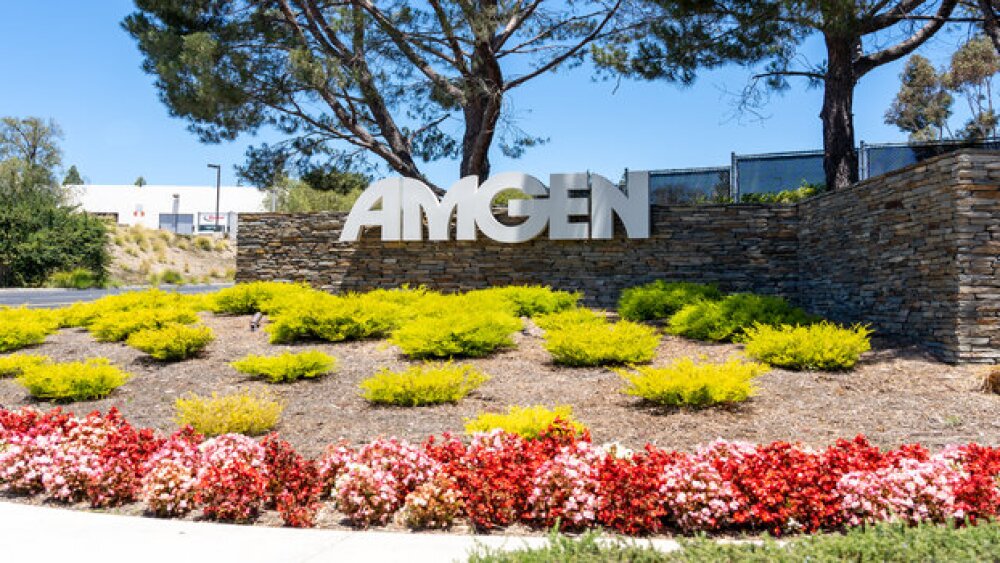KNOXVILLE, Tenn., Aug 1 /PRNewswire/ -- Today, NanoDetection Technology, an in vitro diagnostics company that has a patented system for detecting the presence of specific genes or pathogens within a biological or environmental sample, and its partners announced that they are collaborating to develop an avian influenza (avian flu or “bird flu”) test and mobile detection product. Collaborators include: The University of Tennessee Health Science Center (UTHSC), St. Jude Children’s Research Hospital and Oak Ridge National Laboratory. The combination of a specific test and a rapid, sensitive, handheld detector creates a solution for onsite detection of bird flu, an approach that the World Health Organization (WHO) states is the most effective method for preventing, or at least slowing, a global avian flu pandemic.
“Rapid, sensitive and accurate diagnostics are critically needed to improve preparedness and reduce catastrophic fatalities and economic losses that can be expected if a serious infectious disease spreads quickly,” said Malak Kotb, Ph.D., tenured professor at the Departments of Surgery and Microbiology/ Immunology at the University of Tennessee, Senior Research Career Scientist at the VA Medical Center, and Director of the MidSouth Center for Biodefense and Security, who collaborates on this project. “This need is particularly acute given the imminent threat of an avian flu pandemic and the possible emergence of new and dangerous infections,” added Kotb.
From January 1, 2004, through June 20, 2006, the WHO reported 232 confirmed human cases of Avian Influenza A (H5N1); of these, 134 (or 58%) were fatal. In economic terms, a U.S. Congressional Budget Office study estimated that an outbreak of avian flu would lead to a 5% reduction in U.S. GDP or a $600 billion economic loss, but, according to the study, this does not account for the long-term economic value of lives lost.
At the heart of NanoDetection’s detector is a patented biochip that detects light (i.e., photons) -- produced as a result of a chemical reaction (DNA hybridization or protein conjugation) of a “positive” test -- and simultaneously converts the photons into an electrical signal. Uniquely, the detector is chemistry and sample agnostic meaning that the same biochip can conduct multiple, simultaneous tests and can use most biological and environmental samples.
“The test is ‘cowboy simple’,” said Charlie Barnett, CEO of NanoDetection Technology. “Because our system does not produce a test result that must be analyzed by a Ph.D.-level operator, our detector can be readily used by farmers and others with just a simple demonstration. We believe the product being developed may form the backbone of a distributed, early-warning surveillance and diagnosis network as called for by the Homeland Security Council’s National Strategy for Pandemic Influenza.”
In addition to the avian flu and agribusiness applications, the detector has the potential to be used in agriterrorism and bioterrorism surveillance, enabling soldiers in the field to quickly and easily detect harmful pathogens. The technology originally was developed as a screening device for use in the doctor’s office.
“St. Jude is contributing its extensive knowledge of influenza structure and immunology to the work with this multi-disciplinary team,” said Richard Webby, Ph.D., from the Department of Infectious Diseases at St. Jude. “The aim of such a test is to reduce the time it takes to identify an outbreak of H5N1 and respond to such an event.” Webby has been recognized by Scientific American as a leader in the Public Health and Epidemiology category for his work in reverse genetics -- a technique for custom-making vaccines in as little as 14 days. Neither Webby nor the other members of the St. Jude and UTHSC team own stock in NanoDetection Technology or have any financial interest in this project.
About NanoDetection Technology:
NanoDetection Technologyis an in vitro diagnostics (IVD) company that has a patented Biosensor Detection System for detecting the presence of specific genes or pathogens within a biological or environmental sample. Integrated within NanoDetection’s detector is a patented microchip biosensor based on multiple, discrete, integrated photodiodes. At its most basic level, the biochip detects light emitted as a result of a chemical reaction caused by DNA hybridization or protein conjugation and converts the light into a digital signal for immediate diagnosis. The ‘R&D 100 Award’ winning biochip was developed at Oak Ridge National Laboratory. NanoDetection is one of the first few companies to leverage biochip technology for diagnostic purposes in veterinary diagnostics, bioterrorism and food safety, currently served by NanoDetection’s benchtop detector.
For additional information on the company, please visit the website: www.nanodetectiontechnology.com
NanoDetection Technology
CONTACT: press, Jennifer Larson, +1-415-409-2729, or jlarson@labfive.com;or Chris Van Beke, +1-865-567-9181, or chris@tennetic.com
Web site: http://www.nanodetectiontechnology.com//




